With its sweet, soft, spongy flavor, blooming like a yellow apricot flower calling spring, the thuan cake has become a traditional specialty used during the traditional Tet holiday in Pleiku City (Gia Lai). Nowadays, making the thuan cake not only serves the Tet holiday but also preserves the ancient culture through many generations of people in the mountain town. Kon Tum is a land located in the North of the Central Highlands, where the Indochina junction borders Laos and Cambodia; has an extremely rich ecosystem, unique natural landscapes and 43 ethnic groups living together. Therefore, Kon Tum is known as the land of nature, culture and festivals, where the land and people blend together, peaceful and extremely open. With these advantages, Kon Tum province is gradually affirming its position on the national tourism map and the province has proposed many solutions to strive to make tourism a spearhead economic sector by 2030. On the occasion of the New Year 2025, preparing to welcome the traditional Lunar New Year of the Year of the Snake, on the afternoon of January 7, General Secretary To Lam and the Central Working Group visited and wished a Happy New Year to the Party Committee, government and people of Hung Yen province. Lak Lake is considered a precious gem, an attractive tourist destination of the Central Highlands. The cool water of Lak Lake not only creates favorable conditions for rice cultivation, but also produces extremely rich aquatic resources. This place has also become a typical cultural land of the land of elephants, the profession of fishing by dugout canoe is associated with unique rituals. The cultural life and spiritual beliefs of the Cham Hroi community (a branch of the Cham ethnic group) in Van Canh district, Binh Dinh province have their own characteristics with diverse and rich folk songs, folk dances, folk music, traditional festivals such as: Rain-praying ceremony, Sun-Moon festival, Head pouring ceremony, New Year festival, Village god worship ceremony... In addition to crops that have been put into production by people for a long time such as custard apple, grapefruit... in recent years, some communes in Chi Lang district, Lang Son province have developed a model of growing tangerine trees and initially brought high efficiency. From a place with many difficulties, the villages and hamlets of ethnic minorities in Kon Tum province are changing day by day, the life of ethnic minorities is increasingly improving. These results are thanks to the drastic participation of the entire political system in implementing Directive No. 12-CT/TU, dated February 18, 2022 of the Kon Tum Provincial Party Committee Standing Committee on "Strengthening the leadership of Party committees at all levels in the construction of new rural villages (NTM) in ethnic minority areas in the province" (Directive No. 12). It is not known when the craft of weaving bamboo mats in Hamlet 4, Long Tri A Commune, Long My Town, Hau Giang Province began. We only know that it has been passed down for many generations from grandfather to father, father to son, and then to grandson, and has lasted until now. On the journey to find the ancient beauty of the Mekong Delta, we had the opportunity to come here to rewrite the story of a hundred-year-old craft village. General news of the Ethnic and Development Newspaper. This afternoon's news on January 7, 2025, has the following notable information: The art of lion, lion, and dragon becomes a national intangible cultural heritage. Going to the highland market. The person who preserves the cultural soul of the San Diu ethnic group. Along with other current news in the ethnic minority and mountainous areas. "The national target program for socio-economic development in ethnic minority and mountainous areas for the period 2021 - 2030 (called National Target Program 1719) must continue to thoroughly resolve the most fundamental and difficult problems in ethnic minority and mountainous areas." Tran Phu fishing village is located right in the center of Phu Quoc city (Kien Giang province). Although it is a “fishing village in the city”, this place still retains its simple, characteristic beauty with charming blue beaches and simple, rustic people attached to the fishing profession. With a sweet, fragrant, soft, spongy flavor, blooming like yellow apricot flowers calling spring… thuan cake has become a traditional specialty used during the traditional Tet holiday in Pleiku City (Gia Lai). Nowadays, making banh thuan not only serves Tet but also preserves the ancient culture through many generations of people in the mountain town. The police of Thach Thanh mountainous district, Thanh Hoa province, have just arrested 4 subjects illegally buying and selling thousands of bank accounts, aiming to illegally earn hundreds of millions of dong. Implementing the plan to visit, give gifts and wish Tet to localities in ethnic minority areas on the occasion of the Lunar New Year 2025 of the Committee for Ethnic Minorities (UBDT), on January 6-7, 2025, Alternate member of the Party Central Committee, Deputy Minister, Vice Chairman of the UBDT Y Vinh Tor led the working delegation of the UBDT to visit and wish Tet to prestigious people, poor households of ethnic minorities and grassroots Party committees and authorities in the two provinces of Lang Son and Bac Giang.
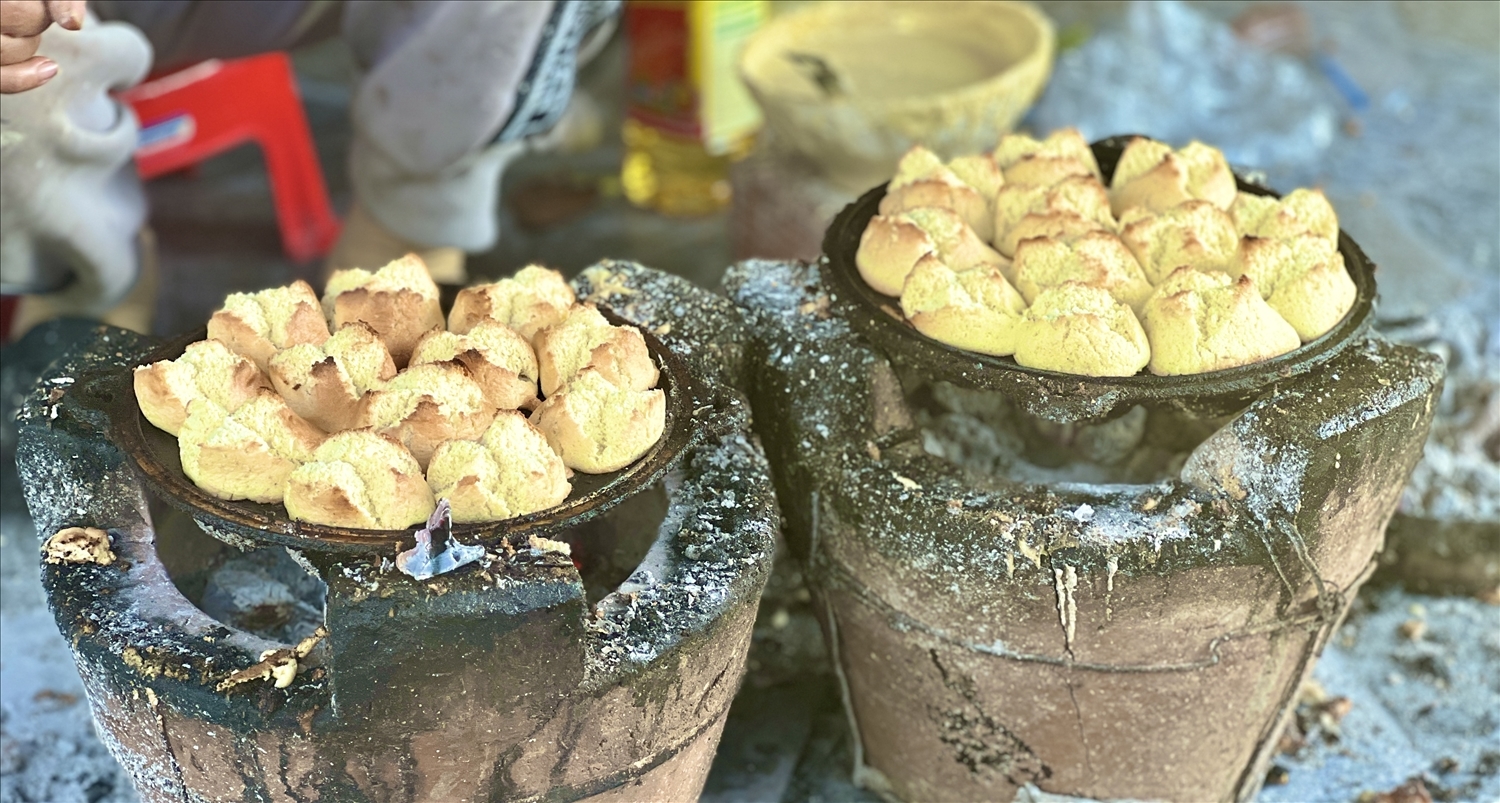
On the days before Tet, we visited the traditional cake bakery of Mrs. Tran Thi My Le (77A Tran Quy Cap) which has been around for over 40 years. At the beginning of the street, the gentle aroma took me faster to Mrs. Le's house, to enjoy the familiar, traditional taste of Tet in the past.
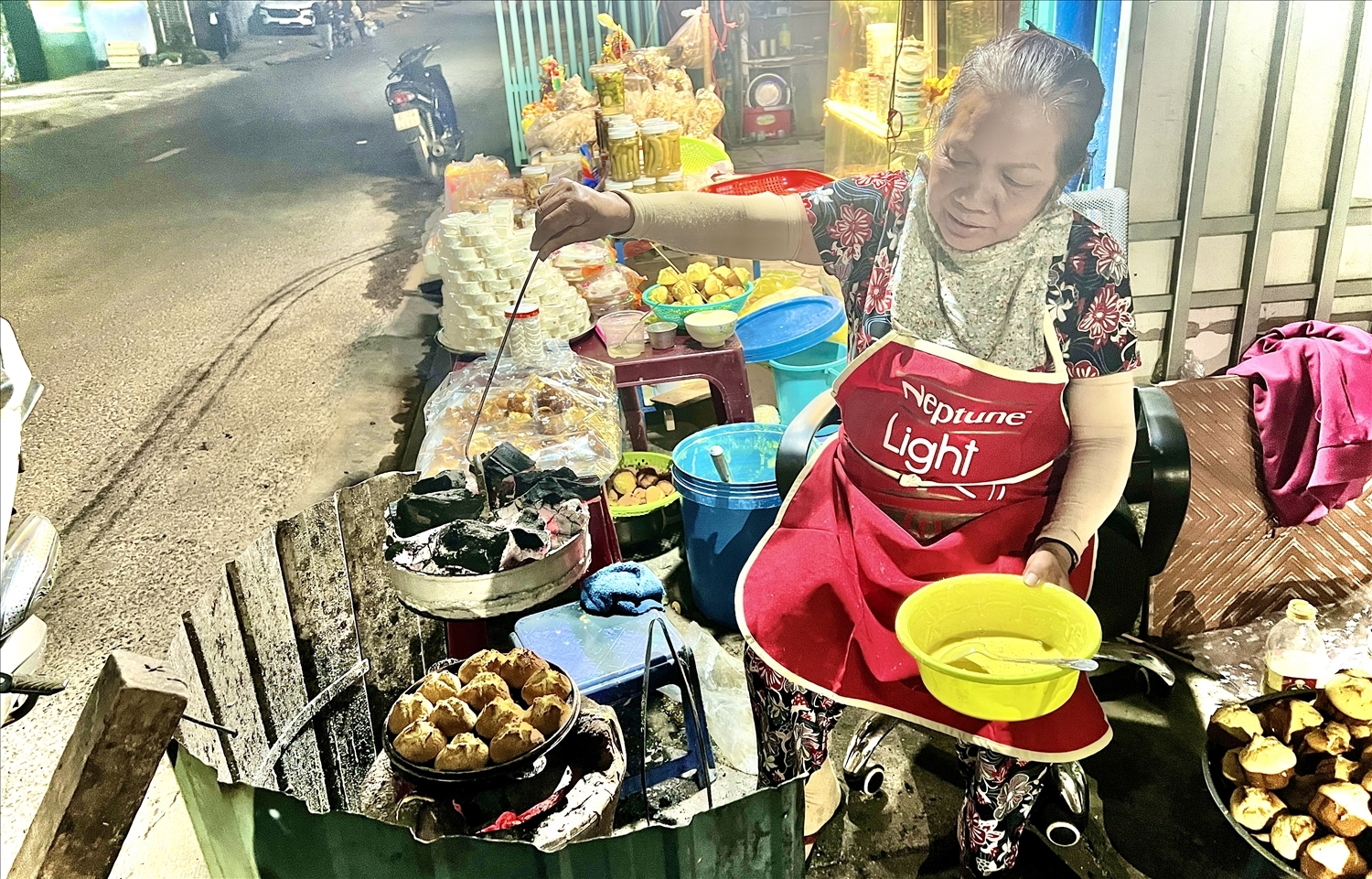
Mrs. Le is 66 years old this year, and has been making banh thuan for about 40 years. According to Mrs. Le, the profession of making banh thuan has existed for a long time, passed down from her grandparents and parents, and her family still maintains the traditional craft of making it by hand using a charcoal stove to cook the cake. At first, she ran a bakery in Pleiku Trade Center to supply customers. After a while, customers got used to it, so she moved to her house on Tran Quy Cap Street to continue making cakes. Customers also loved the taste of her banh thuan and came to her house to buy it.
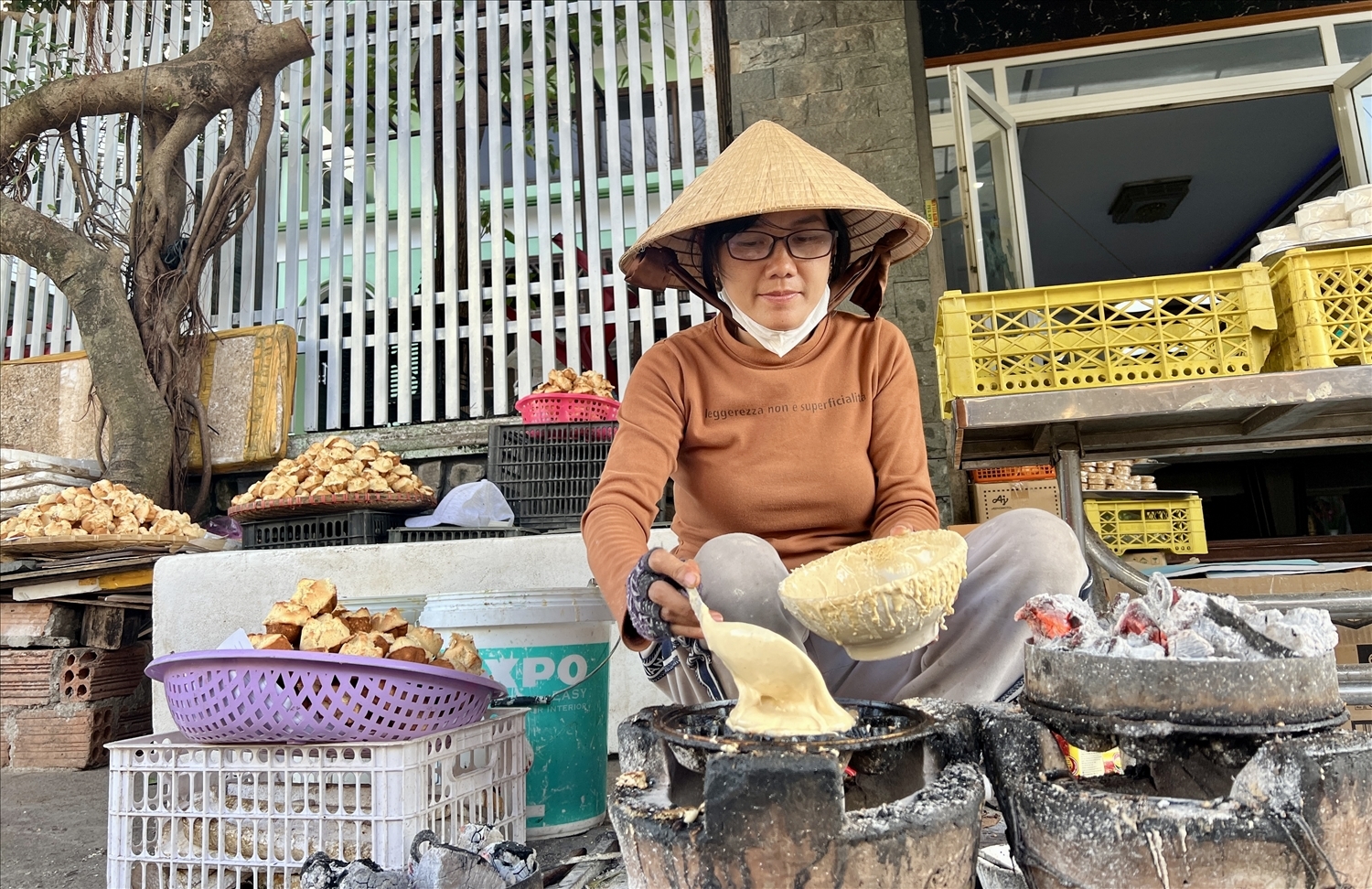
In a corner of Ba Dinh market (51 Ho Xuan Huong), Le Thi Dao's bakery is always on fire to make Thuan cakes, the fragrant aroma wafting throughout the streets. As her hands quickly poured ingredients into the mold, Dao said: Near Tet, my bakery is always on fire from dawn until late at night to make cakes in time for orders during the traditional Tet holiday. On average, 4,000 cakes are made each day. Customers from near and far come to the facility to buy cakes to sell wholesale at markets and grocery stores in the province.
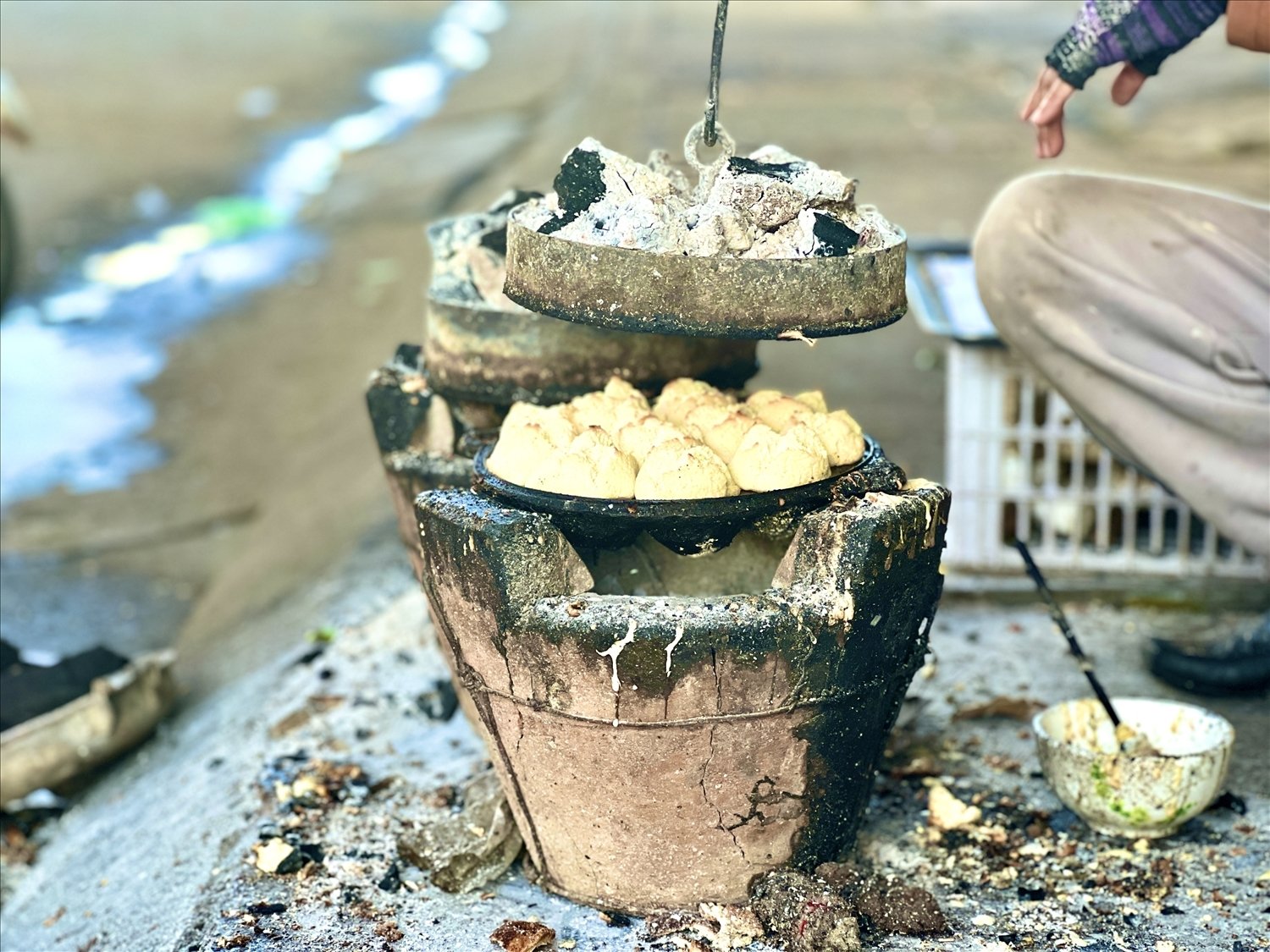
"To have delicious, high-quality cakes that ensure food safety, from preparing the ingredients to mixing them together evenly, pouring them into the mold, and then drying the cakes...", Ms. Dao said.
Making banh thuan is also very elaborate. The ingredients for making banh thuan include eggs, flour, milk and ginger, then mixed or blended with a blender and added enough white sugar, so that the cake is not too sweet nor too dry. If you want the banh thuan to have a more unique flavor, you can add ginger, cinnamon, coconut...
Next, light the charcoal stove until it is red hot, put the cake mold (inside is divided into many compartments) on the stove to heat. Then, use a thin layer of oil to prevent sticking, then use a spoon to pour the beaten mixture into each mold and close the lid. Charcoal is placed on the lid of the mold so that the cake expands evenly. The cake is baked in the mold for about 5 minutes, then remove the lid, when the cake expands to twice the height of the mold and turns golden, the cake is done. After removing the cake from the oven, it is placed on large trays.
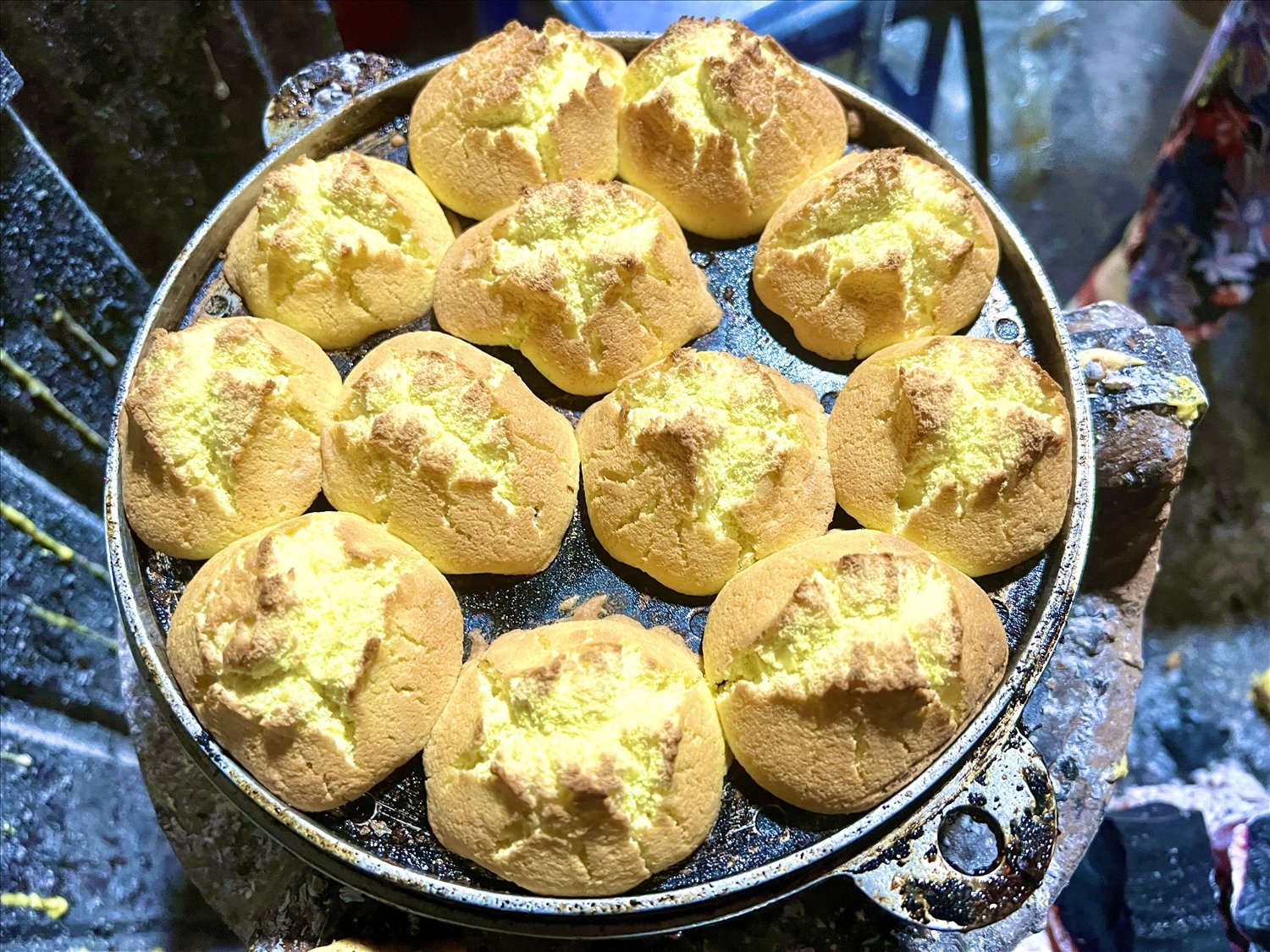
The steps of making the cake are simple, but to have batches of golden cakes, blooming like 5 apricot blossoms is not easy. The secret lies in the ingredients, how to mix the ingredients together in a certain ratio and beat evenly. Especially, watch the heat just right, the time to cook the cake without burning...
Ms. Le said that in the past, when Tet came, there were dozens of households making thuan cakes. A qualified thuan cake is a cake with a golden yellow color on the bottom, a light yellow flower petal on the top and the cake must have a fragrant smell. The more even the petals of the cake are, the more beautiful it is. Customers really like to choose this cake to display on the altar during Tet.
Immersed in the flavor of banh thuan - a rustic, simple gift from the countryside, we felt like we were back in the bustling feeling of the old New Year's Eve, when every family was busy wrapping banh chung, banh tet, making banh thuan, making ginger jam, coconut jam... The smell of kitchen smoke mixed with the scent of cakes in each cold wind, carrying the fragrant smell of straw from the beginning of the lane to the end of the village.
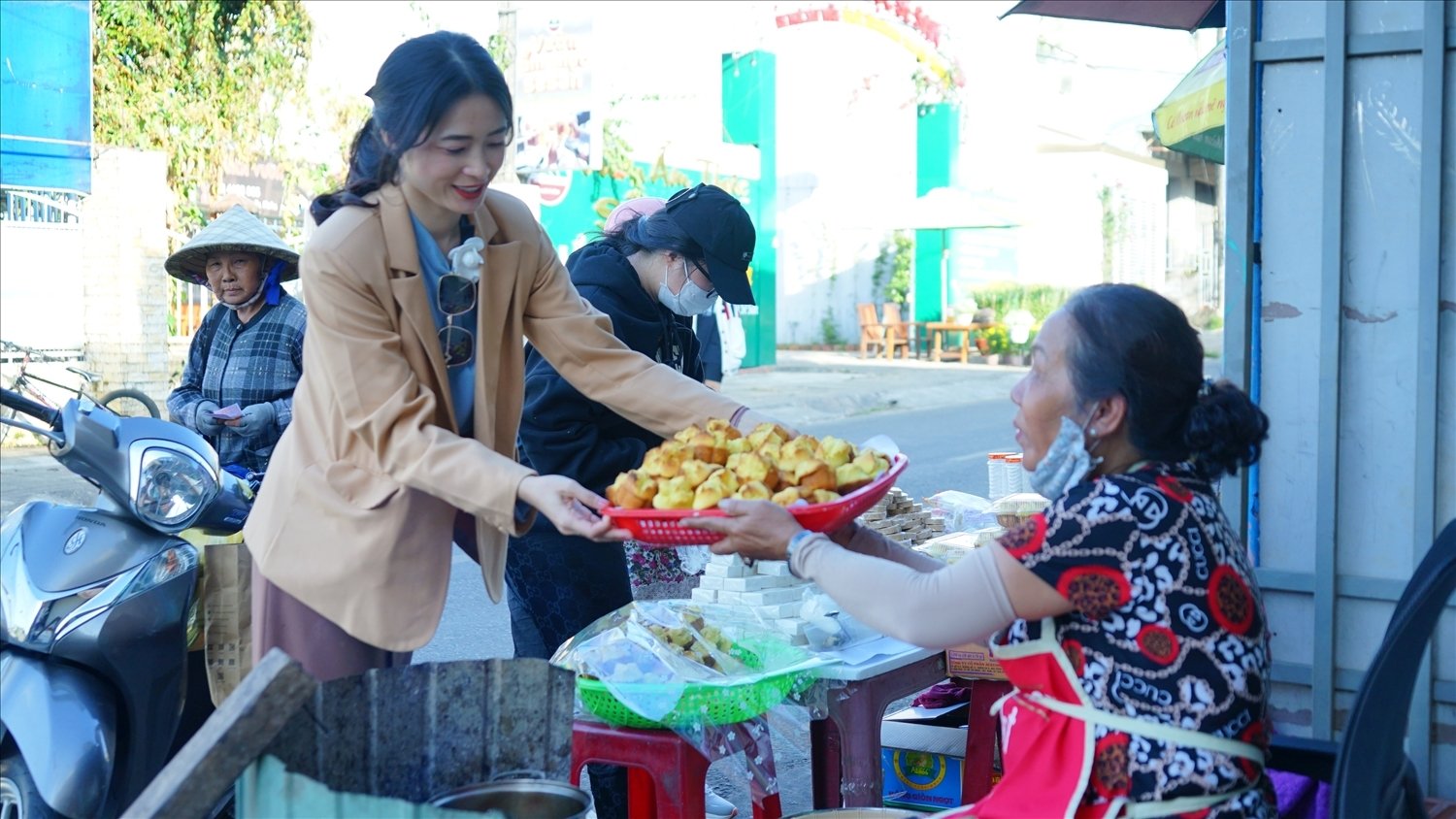
The familiar scent suddenly gave me a lingering nostalgia for the warm countryside with its bustling familiar voices and laughter. The village roads were bright with flowers, the children were happy in their new clothes, the adults were solemn in their ao dai, reverently burning incense at the village temple, praying for a year of peace and prosperity...
Nowadays, although there are many types of industrial cakes, the cake still holds a certain position in the hearts of the people of the mountain town of Pleiku. Because it is a traditional craft that has been preserved through many generations, it is the taste of the homeland, an item to worship ancestors and as a gift for each other when Tet comes and spring comes.
Source: https://baodantoc.vn/banh-thuan-huong-vi-tet-xua-1736238735631.htm


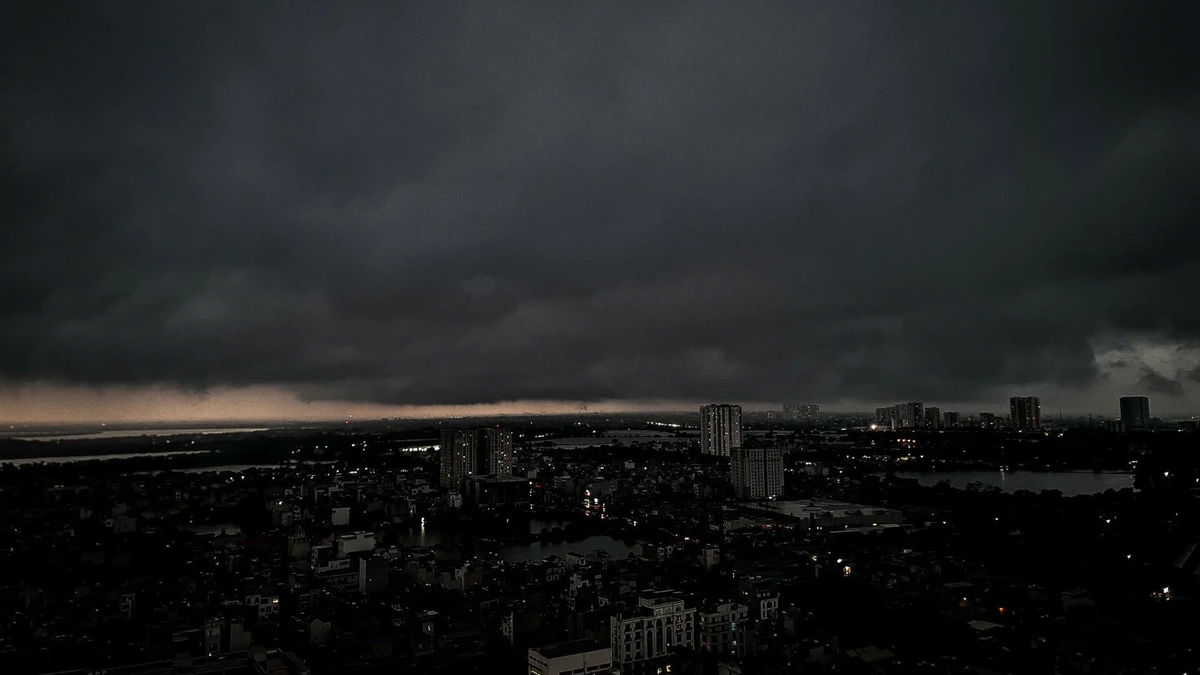
![[Photo] Prime Minister Pham Minh Chinh chairs the 16th meeting of the National Steering Committee on combating illegal fishing.](https://vphoto.vietnam.vn/thumb/1200x675/vietnam/resource/IMAGE/2025/10/07/1759848378556_dsc-9253-jpg.webp)




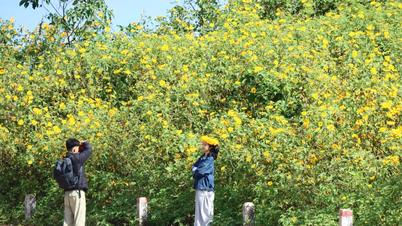





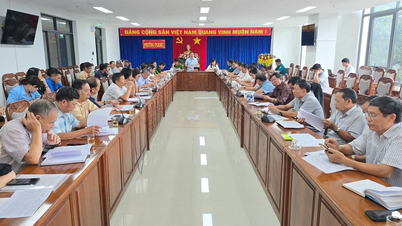

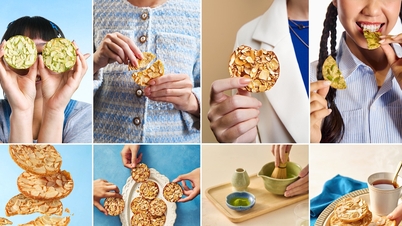





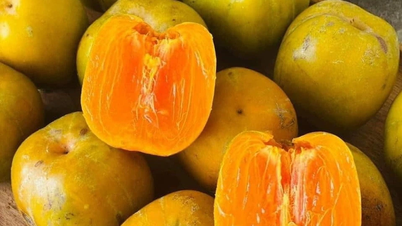

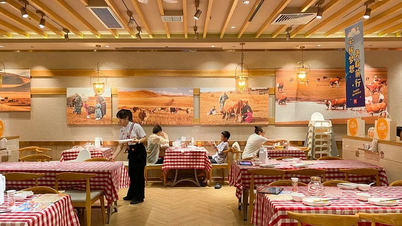
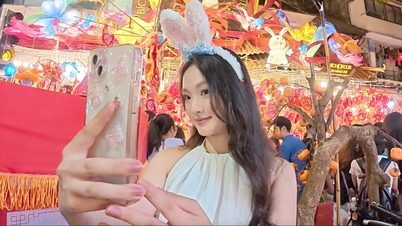



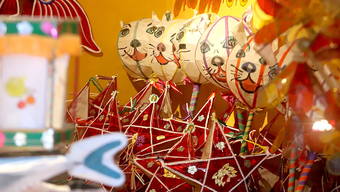
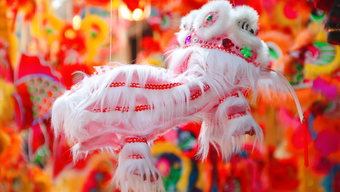

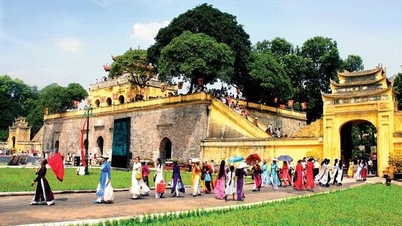


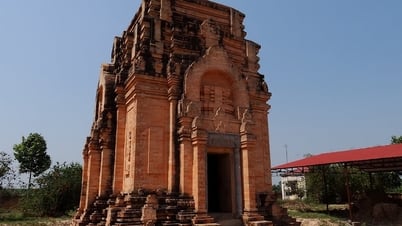
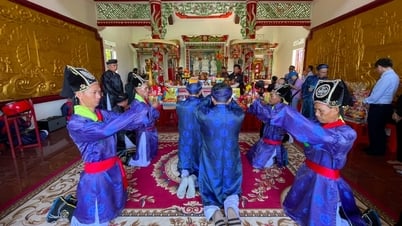

![[Photo] Super harvest moon shines brightly on Mid-Autumn Festival night around the world](https://vphoto.vietnam.vn/thumb/1200x675/vietnam/resource/IMAGE/2025/10/07/1759816565798_1759814567021-jpg.webp)
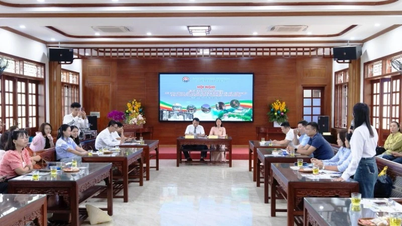



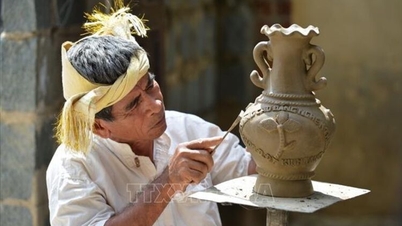

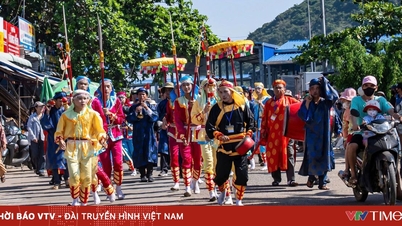
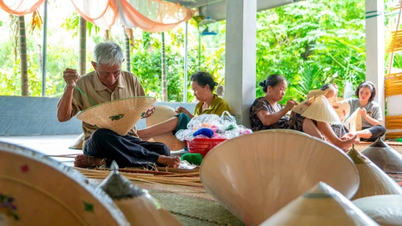



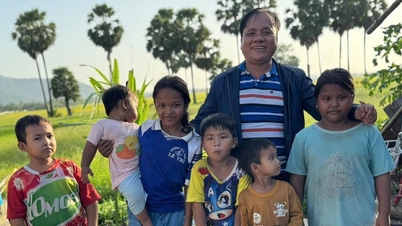
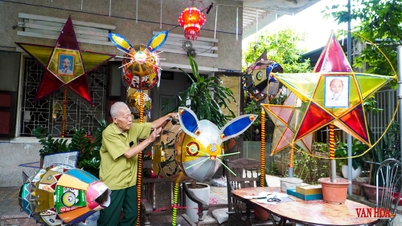



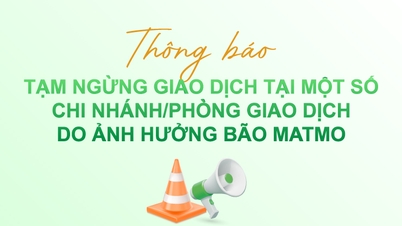



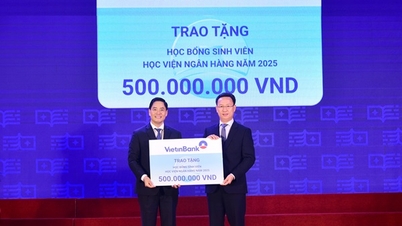












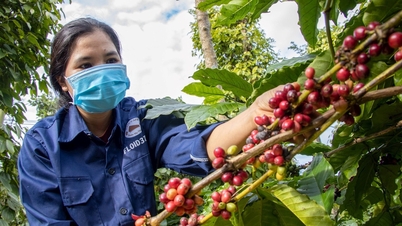















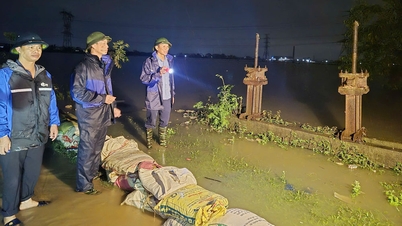

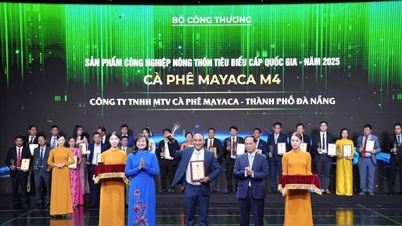

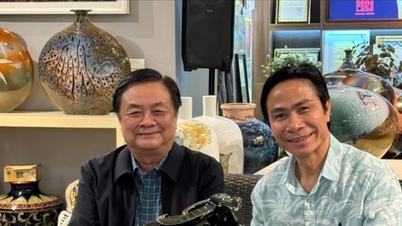

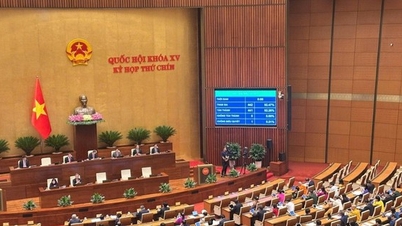









Comment (0)